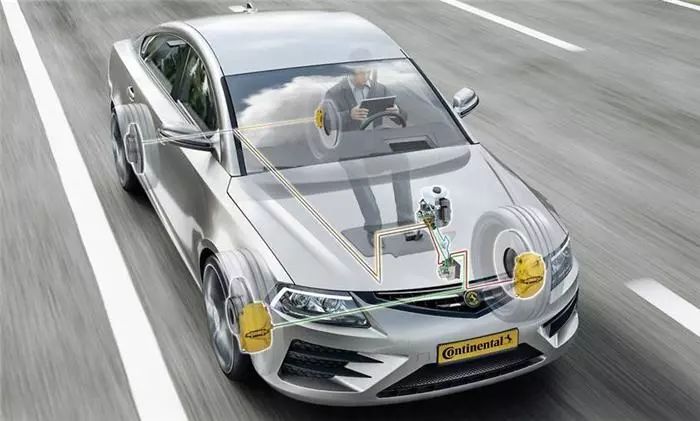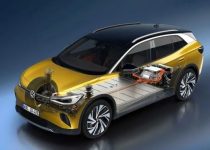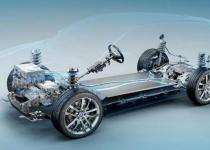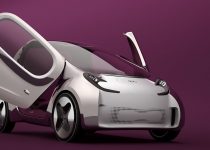How does the cost of owning and operating an electric vehicle compare to that of an ICE vehicle?
The cost of owning and operating an electric vehicle (EV) can be quite different from that of an internal combustion engine (ICE) vehicle. While the initial purchase price of an EV may be higher, the overall operating costs can be lower, making EVs a cost-effective choice in the long run. Here’s a comparison of the ownership and operating costs for EVs and ICE vehicles:
- Purchase price: EVs typically have a higher initial purchase price than comparable ICE vehicles, mainly due to the cost of the battery pack. However, the price gap has been decreasing over the years as battery costs drop and economies of scale improve. Additionally, government incentives and tax credits can help offset the initial cost of an EV in some countries.
- Fuel costs: The cost of electricity for charging an EV is generally lower than the cost of gasoline or diesel fuel on a per-mile basis. This can result in significant savings over the lifetime of the vehicle, especially as the cost of fossil fuels fluctuates. The actual cost of electricity will vary depending on location, time of use, and charging method (home, workplace, or public charging).
- Maintenance costs: EVs have fewer moving parts than ICE vehicles and do not require oil changes, exhaust system maintenance, or other engine-related services. This can lead to lower maintenance costs over time. However, EVs still require regular maintenance for items such as tires, brakes, and cooling systems, and the cost of battery replacement should be considered if it becomes necessary outside the warranty period.
- Insurance costs: Insurance costs for EVs can be higher or lower than ICE vehicles, depending on factors such as make, model, safety features, and the insurer’s experience with EV claims. As electric vehicles become more mainstream, it is likely that insurance rates will stabilize and become more comparable to those for ICE vehicles.
- Depreciation: Historically, EVs have experienced higher depreciation rates than ICE vehicles, primarily due to concerns about battery life and the rapid pace of technological advancements. However, this trend has been changing as battery technology and overall EV reliability improve. Resale values for EVs are expected to become more competitive with ICE vehicles as the market matures.
- Government incentives: Many countries offer incentives and tax credits for EV purchases to encourage the adoption of cleaner transportation options. These incentives can significantly reduce the effective cost of EV ownership, making them more cost-competitive with ICE vehicles.
When considering the total cost of ownership, it is essential to factor in both the initial purchase price and the ongoing operating costs. While EVs may have a higher upfront cost, the potential savings in fuel and maintenance expenses can make them a more cost-effective choice over the long term. Additionally, the environmental benefits and the potential integration with renewable energy sources further contribute to the overall appeal of electric vehicles.



